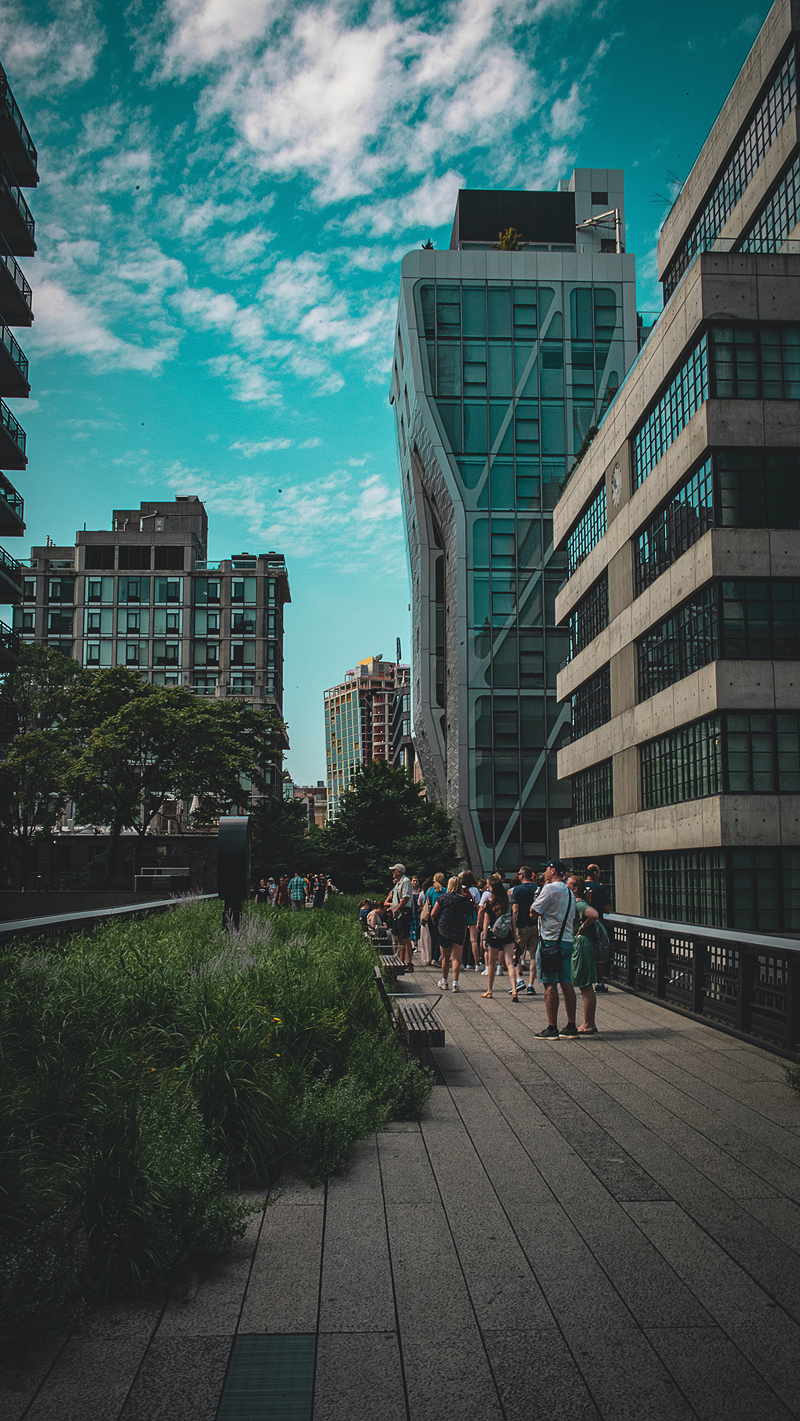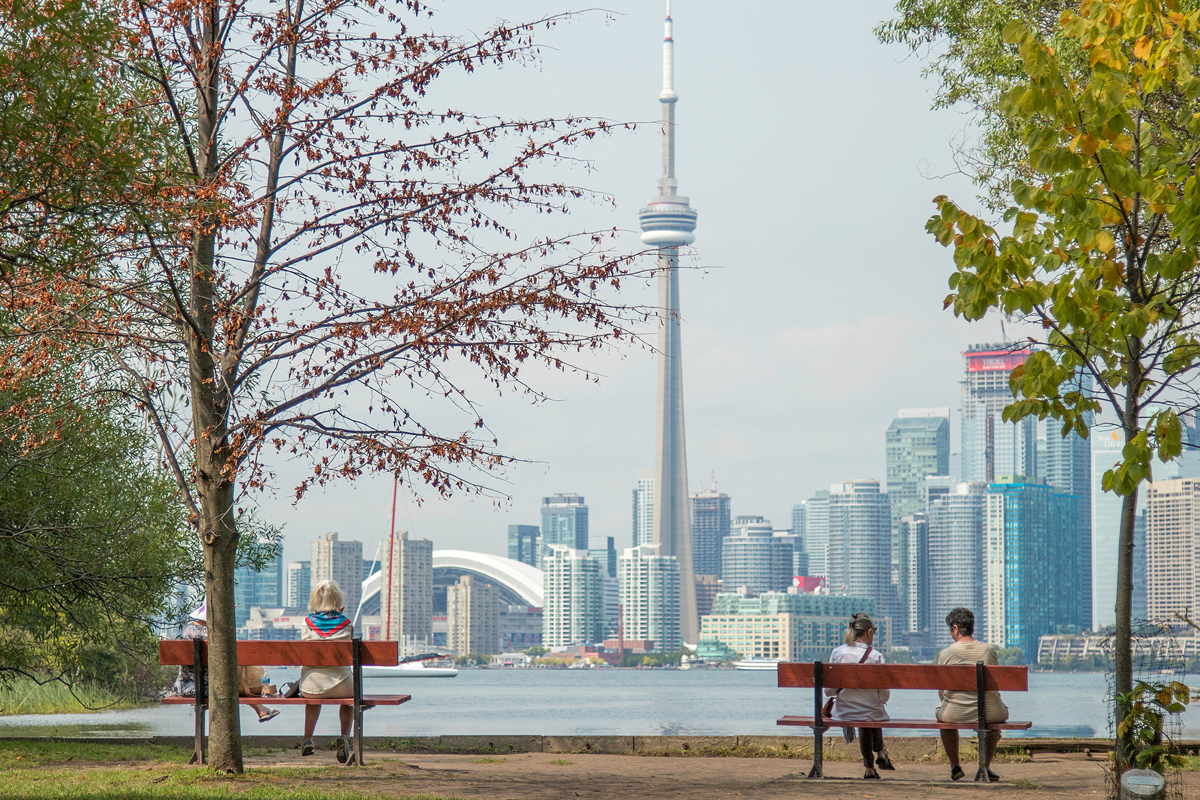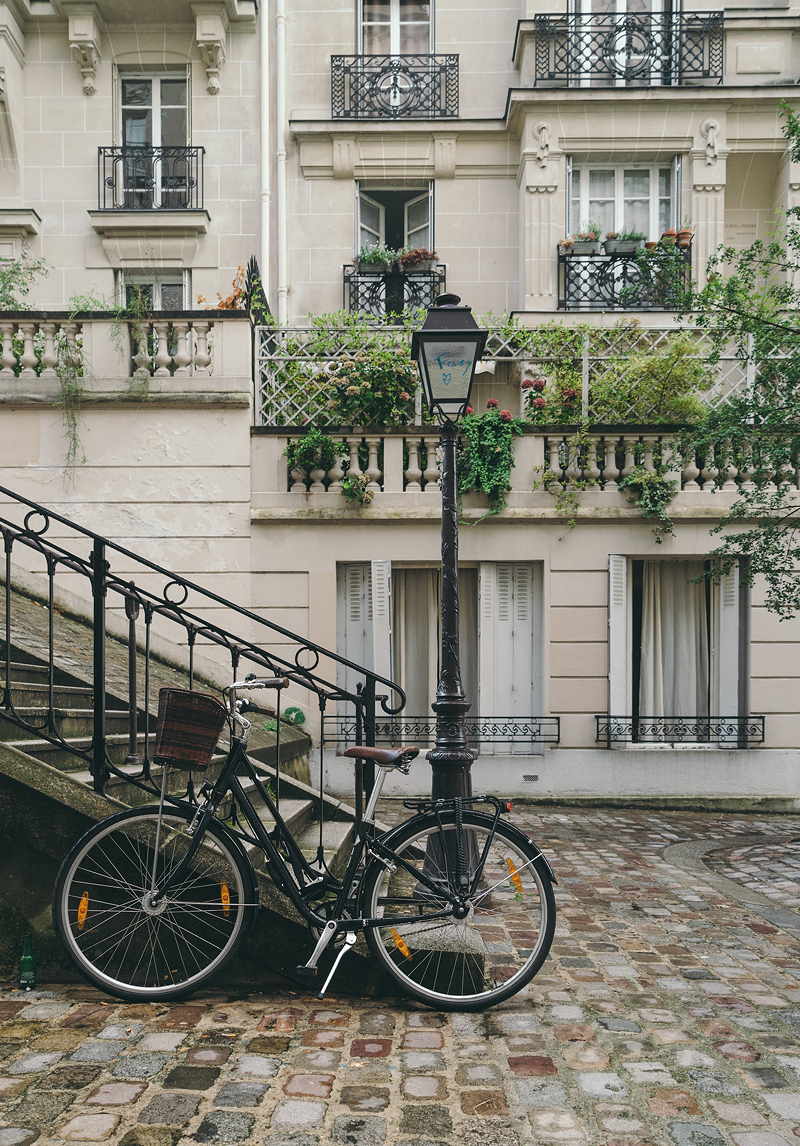
Building Human-Centric Cities
Is your city prioritising cars or its people? As cities evolve, we make persistent efforts to enhance mobility for cars, yet in doing so, the focus on the human experience diminishes, and citizens find themselves marginalised. Life has the potential to flourish at the street level if given the opportunity. Through human-centric cities, we can foster a better lifestyle for residents, one that puts human needs above cars. Discover how this approach can transform urban living!
According to the UNDP, by 2050 over 68% of the population will be living in cities. Rapid, unplanned urbanisation can decrease the liveability of a city due to dependency on cars, overcrowding, air pollution, traffic congestion, poor public transportation, and a shortage of public open spaces. Smart city developments aim to modernise cities and address these challenges through technology. While encouraging development and innovation, cities should not forget about the well-being of the residents. Human-centric cities depart from traditional urban planning models, putting the human experience and communities at their core. Sometimes, that even means returning to older urban planning practices to remind us of simpler times without cars.


HOW TO MAKE CITIES HUMAN-CENTRIC
WALKABLE CITIES
Cities were once characterised by walkable grids of streets, easily navigable and within a reasonable distance of work and life’s essentials. However, modern urban areas are often dominated by expansive highways and, in some cases, narrow or non-existent sidewalks. Some cities seem more oriented toward cars than people. In contrast, in smart cities life thrives at the street level. Walking streets and pathways foster interactions, outdoor activities, and a sense of community. Increased time spent on the streets also translates to more interactions with local businesses, boosting the local economy.
Walkable cities contribute to an improved quality of life in several ways. Firstly, they encourage more physical activity, leading to a healthier community. With fewer people relying on cars and more on foot, traffic congestion can significantly decrease. This contributes to reducing air pollution, lowering carbon emissions, and minimising noise. Additionally, walkable cities provide a safer environment for pedestrians and children.
A CAR-FREE NEIGHBOURHOOD
For instance, Vauban, a district in Freiburg, Germany, actively discourages cars. Approximately 70% of the population lives without cars, walking or using other non-motorised means of transportation. Limited parking spots on the outskirts come with an annual fee. Many streets lack parking spaces altogether, and some are designated as car-free zones, where children can play freely. This creates a safe street and spaces for recreational opportunities. Cars are primarily found on the main street, connecting the suburb through a tram station. The tram efficiently links the neighbourhood to the central station in Freiburg in just 10 minutes. Of course, the effectiveness of the neighbourhood is a result of careful urban planning and the community’s commitment to the concept.
MIXED-USED NEIGHBOURHOODS
The Vauban lifestyle thrives due to a design that ensures essential amenities are conveniently within walking distance. Urban designers are once again interested in the concept of 20-minute neighbourhoods. Here, residents can easily access commercial, residential, and institutional needs within a short, non-motorized trip from home. Mixed-use neighbourhoods are not a new idea, but rather one is forgotten in time. Many European cities, particularly in downtown areas, still embody this concept, with ground floors hosting retail stores and upper floors designated for residential use. These neighbourhoods often feature accessible services like house doctors and schools within proximity.
However, as cities expand to accommodate more people moving to urban areas, urban design often leads to large, homogenous residential projects that forget about mixed neighbourhoods. Commercial needs are transferred to large retail stores that are only within a car commute. Essential services like hospitals and schools also get pushed further away from residential areas. Therefore, when making the transition to smart cities, we should keep the local needs of residents in mind. City planning can also facilitate access to these areas through a smart network of public transportation.
UN Studio innovatively approaches mixed-use development, winning a competition for its project in Dusseldorf. It comprises two towers that seamlessly integrate residential and office areas, enhanced by an abundance of green scenery. The building also offers “gastronomy, medical services, sports, fitness, a mobility hub, daycare centre, local supply as well as cultural offers or edutainment” , says UN Studio. The project places the resident’s needs at the core prioritising accessibility, individuality, and diversity.

TRANSPORTATION IN HUMAN-CENTRIC CITIES
Encouraging residents to choose alternatives to cars involves making public transport an appealing option. To achieve this, urban planning must move away from car-centric designs and instead prioritise diverse modes of transportation. Simply having a public transport system is insufficient; smart city planning is necessary to ensure it becomes the most affordable and efficient choice. It is a complex challenge, but it is still attainable. Many cities are innovating with state-of-the-art public transport that runs at astonishing speeds. Nonetheless, current modes of transport can also help transition to smart, human-centric cities.
ADAPTING CURRENT TRANSPORTATION
A great example is Curitiba, a city in Brazil that pioneered the Bus Rapid Transit (BRT). Conceived in the 1970s as part of the city’s urban development planning, it has since emerged as a benchmark for countries in South America and beyond seeking to enhance their bus transportation systems. The BRT has a dedicated bus lane, passing past cars and reducing congestion.
The Guardian emphasises that bus stations in Curitiba are tube-shaped structures, elevated from ground level, and designed to be sheltered from natural elements.. The well-designed bus stations are pre-paid and ensure accessibility for everyone. One of the most important features is adaptability. As the city undergoes continuous growth, the system has expanded in alignment with urban planning principles, seamlessly integrating with various forms of transportation. This integration results in a comprehensive and interconnected transport network. The World Resources Institute highlights that the system hosts 2.7 million passengers daily, more than the city’s population.

HUMAN-CENTRIC MEANS INCLUSIVE AND ACCESSIBLE
To fully transition to a smart, human-centric city, we should make it accessible for everyone. Helena Dalli, European Commissioner for Equality, notes that “Around 87 million people have some form of disability in the EU and need to get access on an equal basis with others”. Various cities are leading efforts to make sure that everyone can enjoy the benefits of a smart city. Luxembourg City follows a ‘design for all’ approach making it accessible for everyone regardless of age or disability. The city is designed to be easily accessible with free-of-charge public transport. The transportation system is equipped with iBeacons, a technology that allows users to receive useful information. It is especially useful for visually impaired users. Stations also offer pictograms and text-to-speech functions to facilitate use for users with disabilities.
In Luxembourg, the Integration and Special Needs Department plays a crucial role. Through the participative committee, individuals with disabilities actively contribute to shaping all city projects. The department collaborates closely with various city departments to improve accessibility services. Similarly, Barcelona has a Municipal Institute for Persons with Disabilities, where 50% of the administrative body consists of individuals with disabilities. This organisation strives to guarantee equal access to activities, services, and public spaces.
MORE IMMEDIATE STEPS
Urban planning is inherently a long-term plan, and the shift towards smart cities is a gradual process that unfolds over time. While many of the recommendations provided are essential considerations for city planning, communities and policymakers can also take more immediate actions to foster positive changes. One effective approach is to revive neglected spaces and turn them into functional areas. Well-designed public spaces, parks, and green areas can contribute to a higher quality of life. It can bring new energy into the urban landscape and foster communities. We can even start by just fixing old sidewalks, making them a place we would enjoy walking by.
A transition to a life without a car, like in Vauban, might not be scalable yet for every situation. Nevertheless, by embracing sustainable transportation options and actively participating in community initiatives, we become integral contributors to the change we seek.
Highlight Image:
© Micaela Parente via Unsplash
Words:
Francesco Witt
Luxiders Magazine







